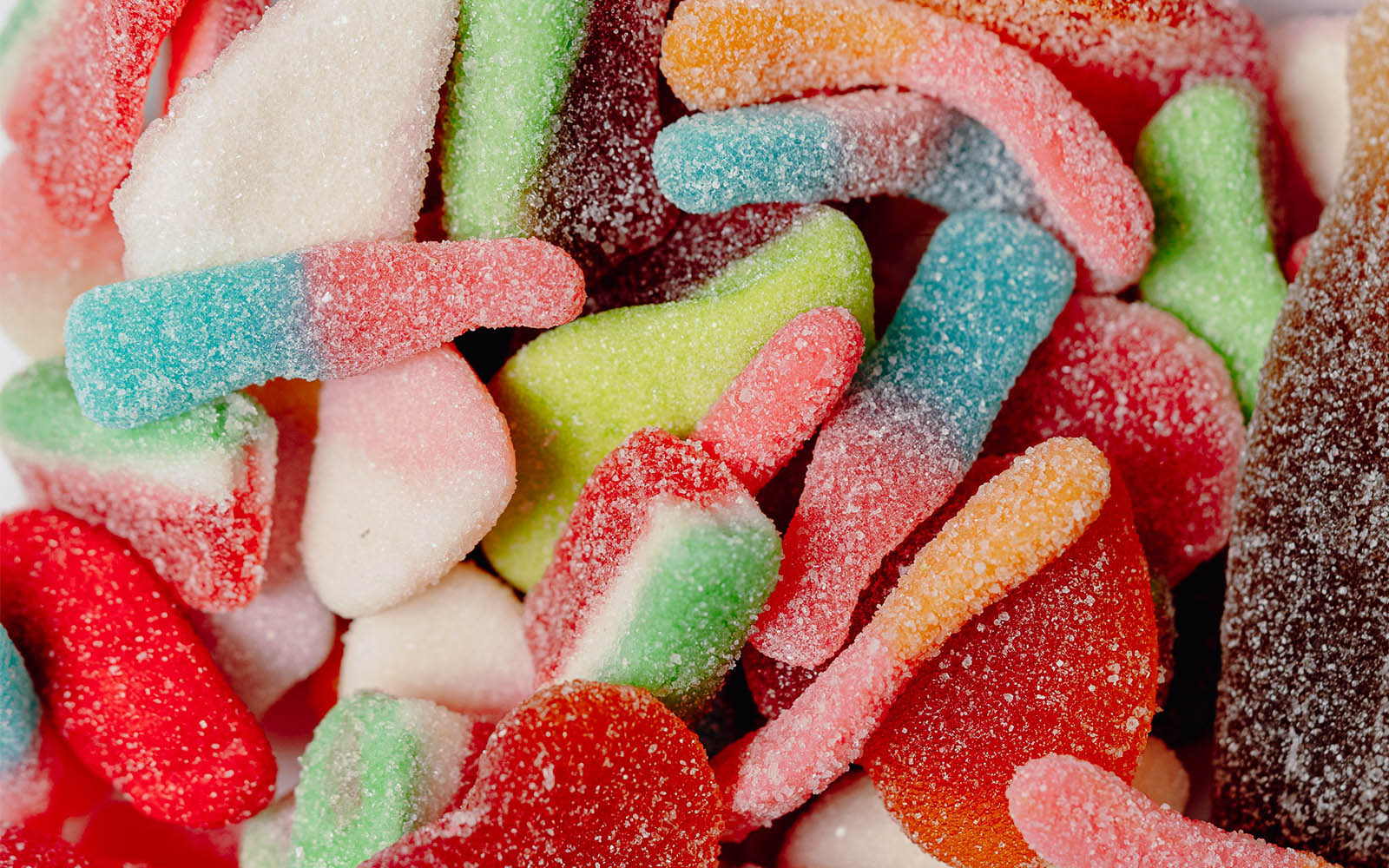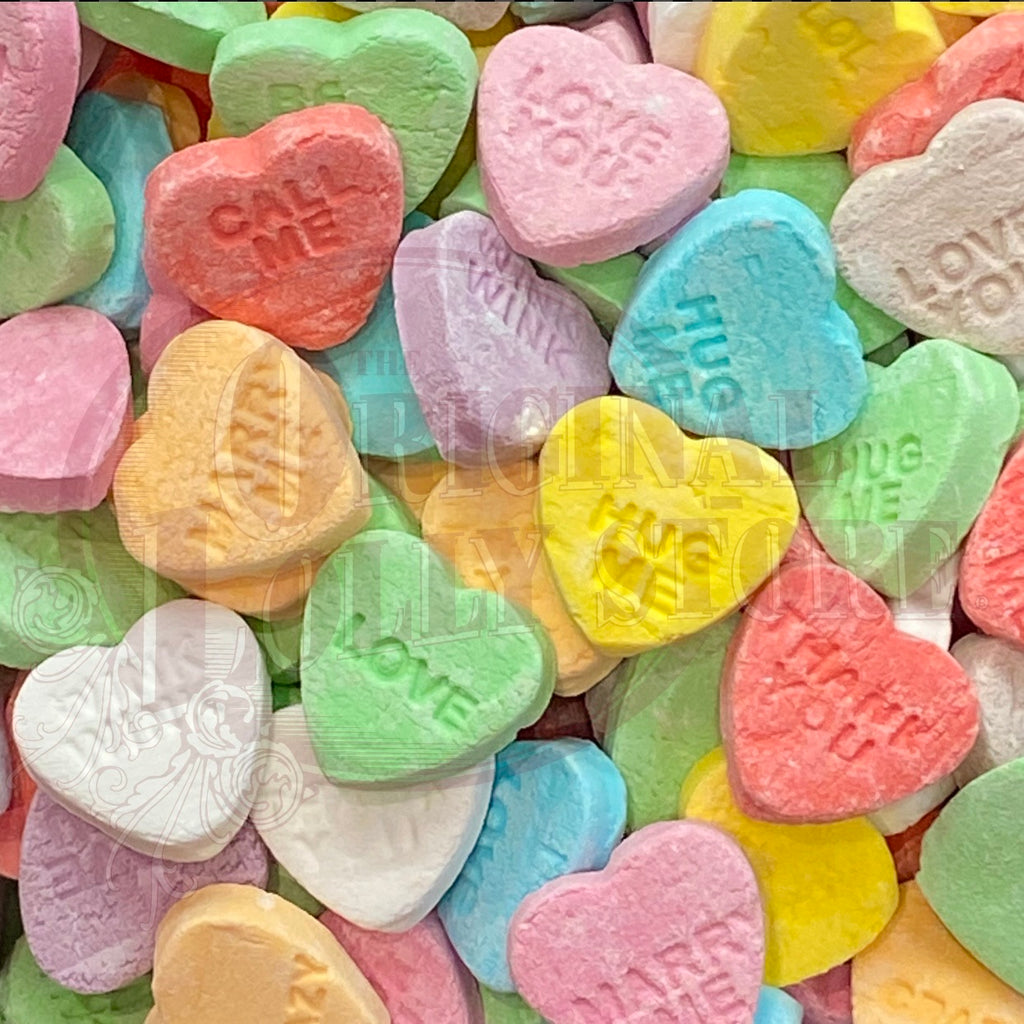The Only Guide for I Luv Candi
The Only Guide for I Luv Candi
Blog Article
I Luv Candi Can Be Fun For Anyone
Table of ContentsSome Known Questions About I Luv Candi.The I Luv Candi StatementsUnknown Facts About I Luv CandiGetting The I Luv Candi To WorkThe Basic Principles Of I Luv Candi
We've prepared a great deal of company plans for this kind of task. Here are the common customer sections. Consumer Sector Summary Preferences Exactly How to Find Them Kids Youthful customers aged 4-12 Colorful candies, gummy bears, lollipops Partner with regional schools, host kid-friendly occasions Teens Teens aged 13-19 Sour sweets, novelty items, fashionable deals with Engage on social media, collaborate with influencers Moms and dads Grownups with little ones Organic and much healthier alternatives, sentimental sweets Offer family-friendly promos, market in parenting magazines Trainees College and college trainees Energy-boosting sweets, affordable treats Companion with nearby universities, promote during test periods Gift Customers People trying to find presents Costs chocolates, present baskets Produce appealing display screens, supply adjustable gift alternatives In analyzing the economic dynamics within our candy shop, we have actually discovered that customers usually invest.Monitorings indicate that a regular client often visits the store. Particular periods, such as vacations and unique events, see a rise in repeat sees, whereas, during off-season months, the frequency may decrease. da bomb australia. Computing the lifetime worth of an average consumer at the sweet-shop, we approximate it to be
With these aspects in factor to consider, we can deduce that the typical earnings per customer, over the program of a year, floats. The most lucrative consumers for a sweet store are usually households with young youngsters.
This group tends to make regular purchases, enhancing the shop's earnings. To target and attract them, the sweet-shop can use colorful and playful marketing strategies, such as dynamic screens, memorable promotions, and probably also hosting kid-friendly events or workshops. Developing an inviting and family-friendly atmosphere within the store can also improve the total experience.
The Ultimate Guide To I Luv Candi
You can additionally approximate your own profits by applying different assumptions with our monetary strategy for a sweet-shop. Average regular monthly income: $2,000 This kind of sweet shop is often a little, family-run service, probably recognized to residents however not drawing in lots of tourists or passersby. The shop may use a selection of common sweets and a few homemade treats.
The shop doesn't generally lug uncommon or costly things, concentrating rather on budget friendly treats in order to keep routine sales. Assuming an ordinary costs of $5 per customer and around 400 consumers per month, the monthly profits for this sweet-shop would be approximately. Ordinary monthly earnings: $20,000 This candy shop gain from its critical location in a hectic urban location, attracting a huge number of customers seeking wonderful indulgences as they go shopping.
Along with its varied candy choice, this shop may likewise sell associated items like gift baskets, candy arrangements, and novelty products, giving multiple profits streams - camel balls candy. The shop's area needs a greater budget for lease and staffing yet results in greater sales volume. With an estimated typical investing of $10 per customer and about 2,000 clients each month, this shop could generate
The Best Guide To I Luv Candi
Located in a significant city and visitor location, it's a big facility, often spread out over numerous floors and potentially part of a nationwide or global chain. The store supplies an immense variety of sweets, including unique and limited-edition products, and merchandise like branded clothing and accessories. It's not simply a shop; it's a destination.
The operational prices for this type of store are significant due to the area, dimension, team, and features used. Assuming an average acquisition of $20 per consumer and around 2,500 customers per month, this flagship store can achieve.
Classification Instances of Expenditures Average Monthly Expense (Variety in $) Tips to Decrease Expenditures Rental Fee and Utilities Store rent, power, water, gas $1,500 - $3,500 Think about a smaller sized location, work out lease, and use energy-efficient lighting and devices. Supply Sweet, snacks, packaging products $2,000 - $5,000 Optimize supply administration to lower waste and track preferred items to avoid overstocking.
Advertising And Marketing and Marketing Printed materials, online ads, promos $500 - $1,500 Focus on economical electronic advertising and make use of social media systems free of cost promo. camel balls candy. Insurance policy Business liability insurance policy $100 - $300 Search for competitive insurance coverage rates and consider packing policies. Devices and Maintenance Cash signs up, show shelves, repairs $200 - $600 Buy used tools when possible and perform normal upkeep to prolong equipment life expectancy
Get This Report about I Luv Candi
Bank Card Processing Costs Costs for refining card repayments $100 - $300 Negotiate reduced processing fees with settlement processors or discover flat-rate options. Miscellaneous Workplace materials, cleansing supplies $100 - $300 Purchase wholesale and look for discount rates on products. A candy store becomes successful when its total profits surpasses its total set prices.

A large, well-located sweet shop would certainly have a higher breakeven factor than a small store that does not require much revenue to cover their costs. Interested about the earnings of your sweet shop?
Everything about I Luv Candi

Financial declines that lower customer investing can influence candy store sales and success, making it important for candy shops to handle their costs and adapt to changing market problems to stay successful. These hazards are frequently consisted of in the SWOT evaluation for a sweet store. Gross margins and net margins are key indications utilized to assess the earnings of a candy shop organization.
Essentially, it's the profit remaining after subtracting expenses directly relevant to the candy inventory, such as acquisition expenses from suppliers, manufacturing costs (if the sweets are homemade), and personnel salaries for those associated with manufacturing or sales. Net margin, alternatively, consider all the expenses the sweet-shop sustains, including indirect prices like administrative expenditures, advertising and marketing, lease, and taxes.
Candy shops typically have an average gross margin.For circumstances, if your candy store gains $15,000 monthly, your gross profit would be about 60% x $15,000 = $9,000. Let's highlight this with an example. Take into consideration a candy shop that sold 1,000 sweet Get the facts bars, with each bar priced at $2, making the total profits $2,000. The store sustains costs such as buying the sweets, energies, and incomes for sales team.
Report this page